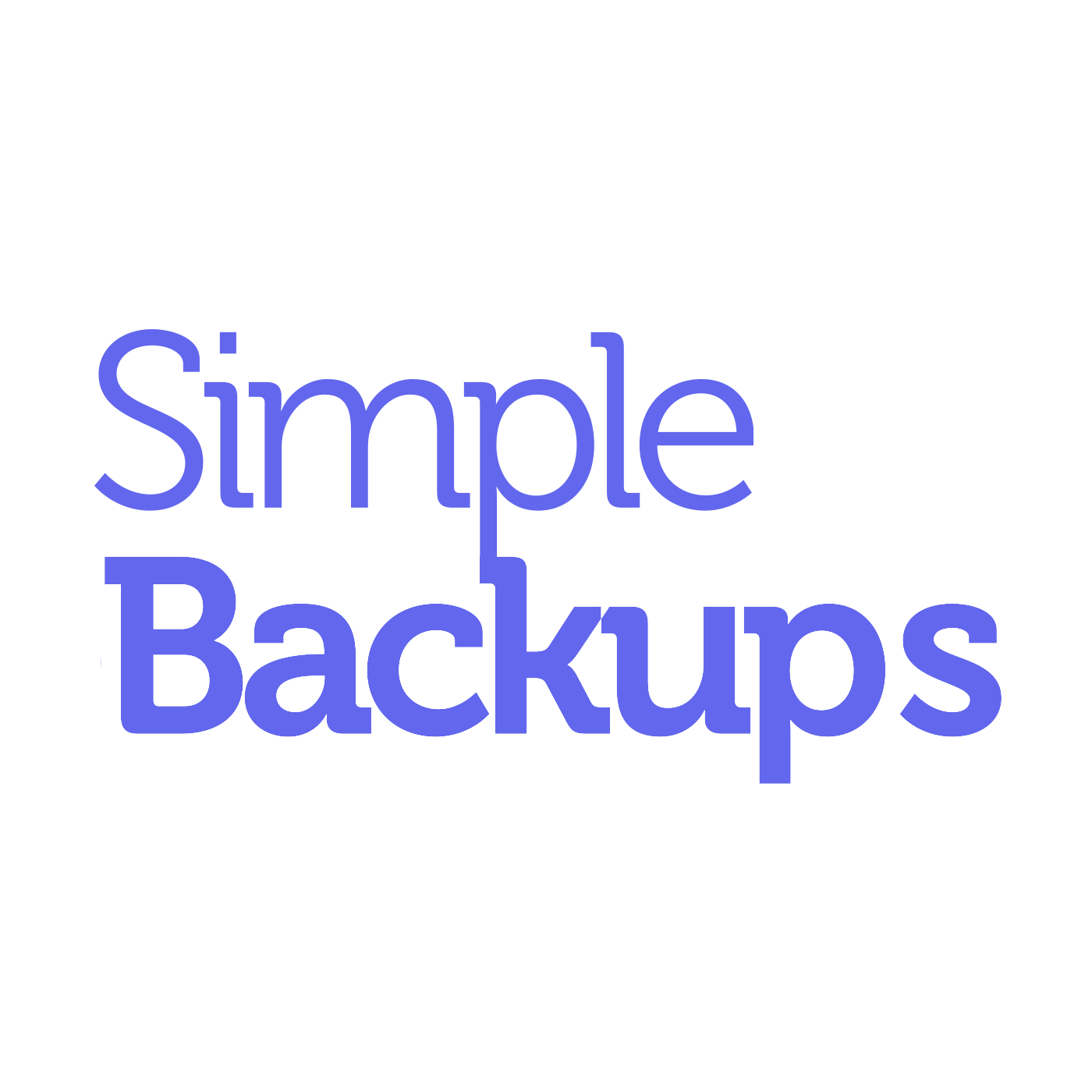219 reads
The Difference Between Data Backups and Snapshots (and when to use them)
by
February 22nd, 2021

SimpleBackups is a modern all-in-one website & database backup automation service.
About Author
SimpleBackups is a modern all-in-one website & database backup automation service.